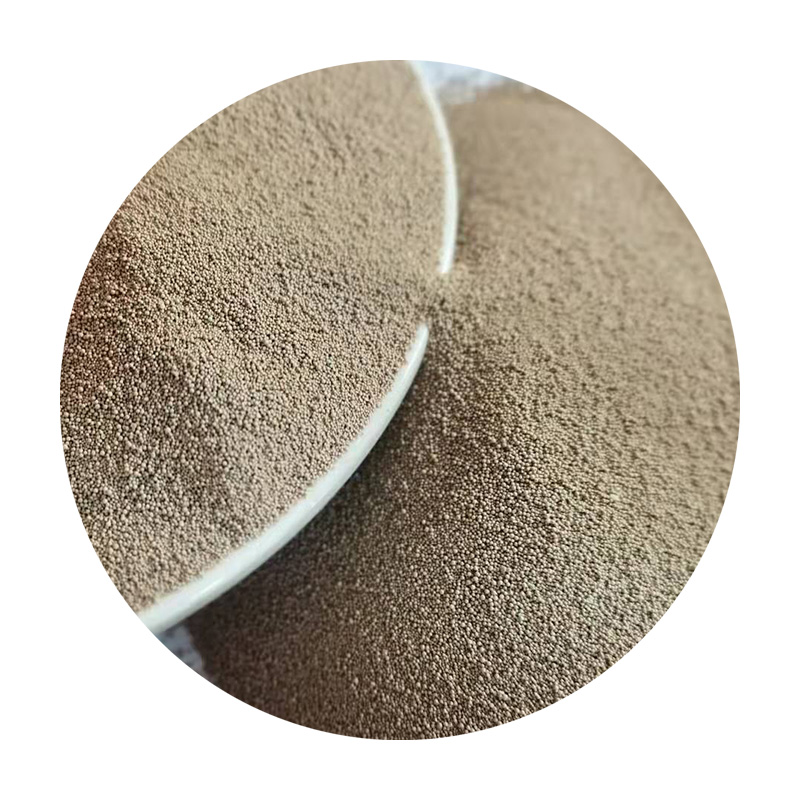The Art of Sanding Cast Iron Techniques and Benefits
Sanding cast iron is an important process in metalworking that prepares the surface for various applications, including painting, machining, and welding. Cast iron, known for its durability and excellent castability, can present challenges during finishing. However, with the right techniques and tools, sanding cast iron can yield a smooth, refined surface that enhances both appearance and functionality.
Why Sand Cast Iron?
Sanding is necessary for several reasons. First and foremost, it helps remove surface imperfections, such as rough patches, rust, and any residues left from the casting process. These imperfections can hinder the adhesion of paint or coatings and may affect the functionality of the final product. Additionally, sanding prepares the surface for further machining, ensuring tighter tolerances and better fitting parts.
Choosing the Right Tools
When sanding cast iron, selecting the appropriate tools is crucial. Traditional sanding methods use sandpaper, but for heavy-duty applications, mechanical sanding tools such as belt sanders or oscillating sanders may be more effective. For fine finishing, a finer grit sandpaper or a sanding pad attached to a power tool can produce a smoother surface. It is essential to start with a coarser grit to tackle the more significant imperfections and gradually progress to finer grits for a polished final finish.
Sanding Techniques
cast iron sanding

1. Safety First Before starting the sanding process, it is important to wear appropriate personal protective equipment (PPE), including a dust mask, goggles, and gloves. Cast iron dust can be harmful if inhaled, and goggles protect your eyes from flying particles.
2. Create a Stable Work Environment Securely clamping the cast iron piece can prevent movement during sanding, allowing for a more controlled and effective process.
3. Begin with Coarse Grit Start with a grit of around 60-80 to remove heavy imperfections and surface rust. Sand in the direction of the grain to prevent scratching the surface too deeply.
4. Progress to Finer Grits Gradually move to higher grits, such as 120 and then 220, for a smoother finish. It’s crucial to clean the surface between grit changes to prevent larger particles from scratching the new surface.
5. Final Touches For final polishing, consider using a polishing compound or a buffing wheel to achieve a high gloss finish. This step is especially important if the cast iron will be visible in the finished product, as it enhances its aesthetic appeal.
Conclusion
Sanding cast iron is more than just a finishing touch; it is a critical step in ensuring the integrity and appearance of the final product. By using the right tools and techniques, metalworkers can effectively prepare cast iron surfaces for painting, welding, and other applications. With a careful approach, the sanding process can transform rough cast iron into a beautifully finished piece that stands the test of time. Whether for restoration projects or new fabrications, mastering the art of sanding cast iron is an invaluable skill in the realm of metalworking.
Post time:Aug . 29, 2024 13:10
Next:Sand Casting Foundries - High-Quality Casting Solutions
